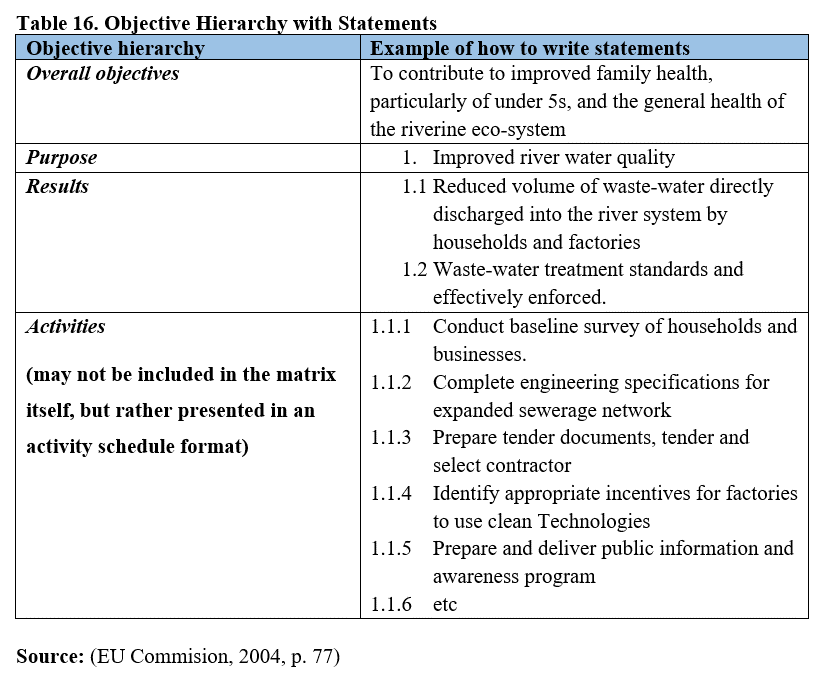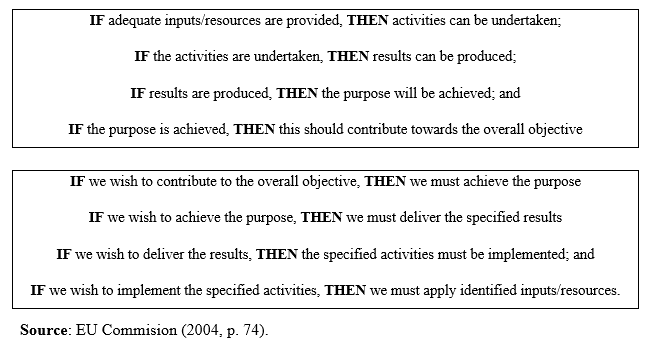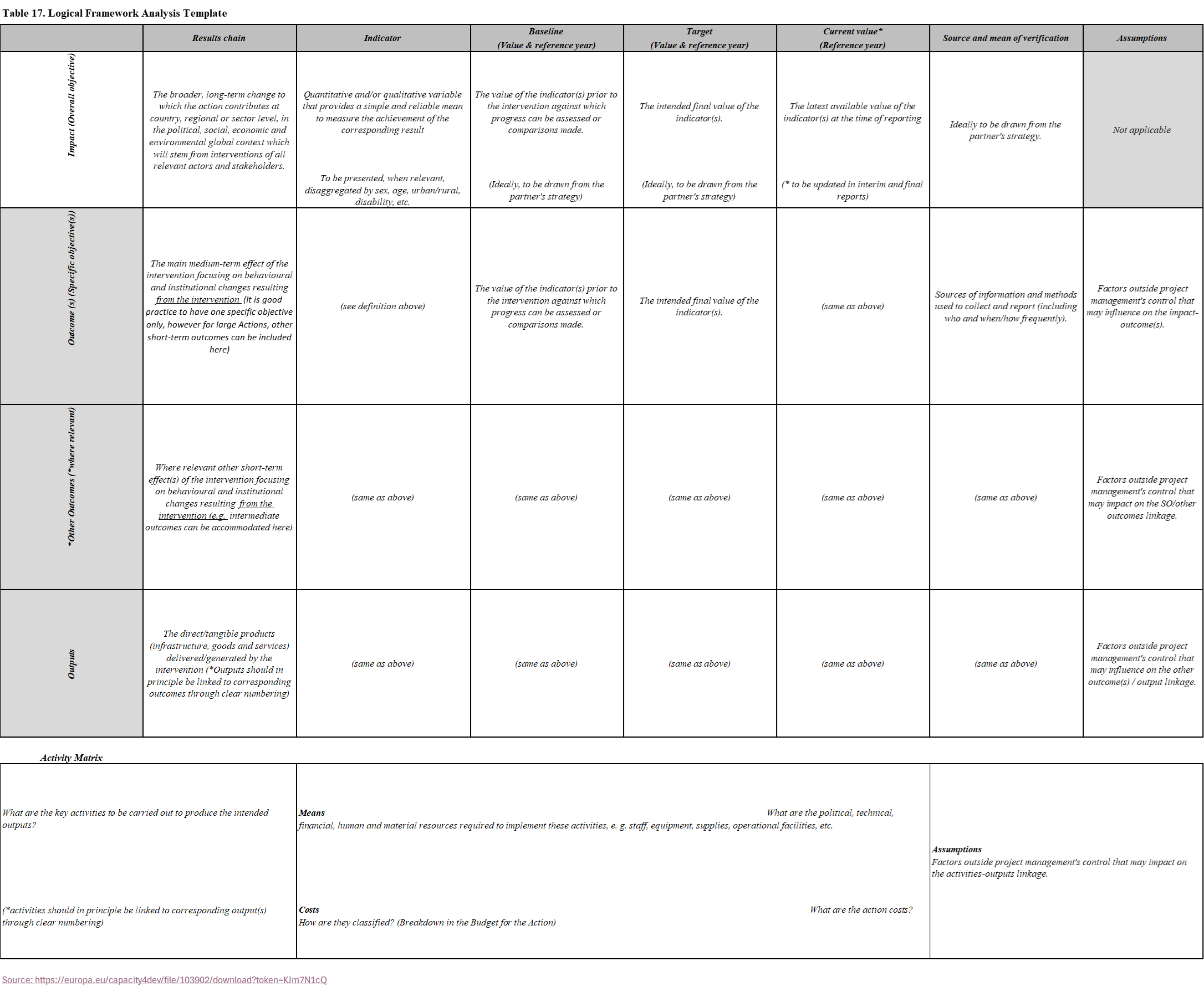Summary: Examines the role of project assumptions in informing planning and risk management decisions. Discusses techniques for identifying, analyzing, and validating assumptions to mitigate associated risks.
Learning Objectives:
- Understand the importance of identifying and analyzing project assumptions to inform planning and risk management decisions.
- Learn techniques for validating assumptions and addressing potential risks associated with them.
Logframe approach also requires the identification of assumptions for each row except the first one. While determining your assumptions, it is also important to identify your risks and the mechanisms and methods to combat them. The goals and indicators you set in the logframe approach will be realized under these assumptions. Your goals and indicators include qualitative and quantitative descriptions. In cases where your assumptions differ, there may be a qualitative and quantitative decrease in your project outputs and activities. In such a case, the success rate of your project will decrease, as you will not be able to fully achieve your goals during the project execution phase. In this case, you will need to make a statement to the institution or program authorities from which you receive funds / grants. Since your project proposal will also be a part of the grant agreement you will sign, the assumptions you make here will serve as a basis and reference point for your explanations and justifications.
The assumptions you write for each line will go from general to specific as you get down to the lines below. On the other hand, it is possible that the assumptions and risks you set for different lines are common. For example, when you have a specific goal related to reducing youth unemployment, one of your assumptions to meet the target(s) is that the economy is stable. If the economic situation deteriorates during the period you implement your project, both the employment opportunity of young people will decrease and the price / value of the resources you will use in the project activities will increase, so the activities and outputs will be lower than the target in terms of quality and / or quantity. In this case, you can also use your assumption regarding the economic situation in the lines below.





